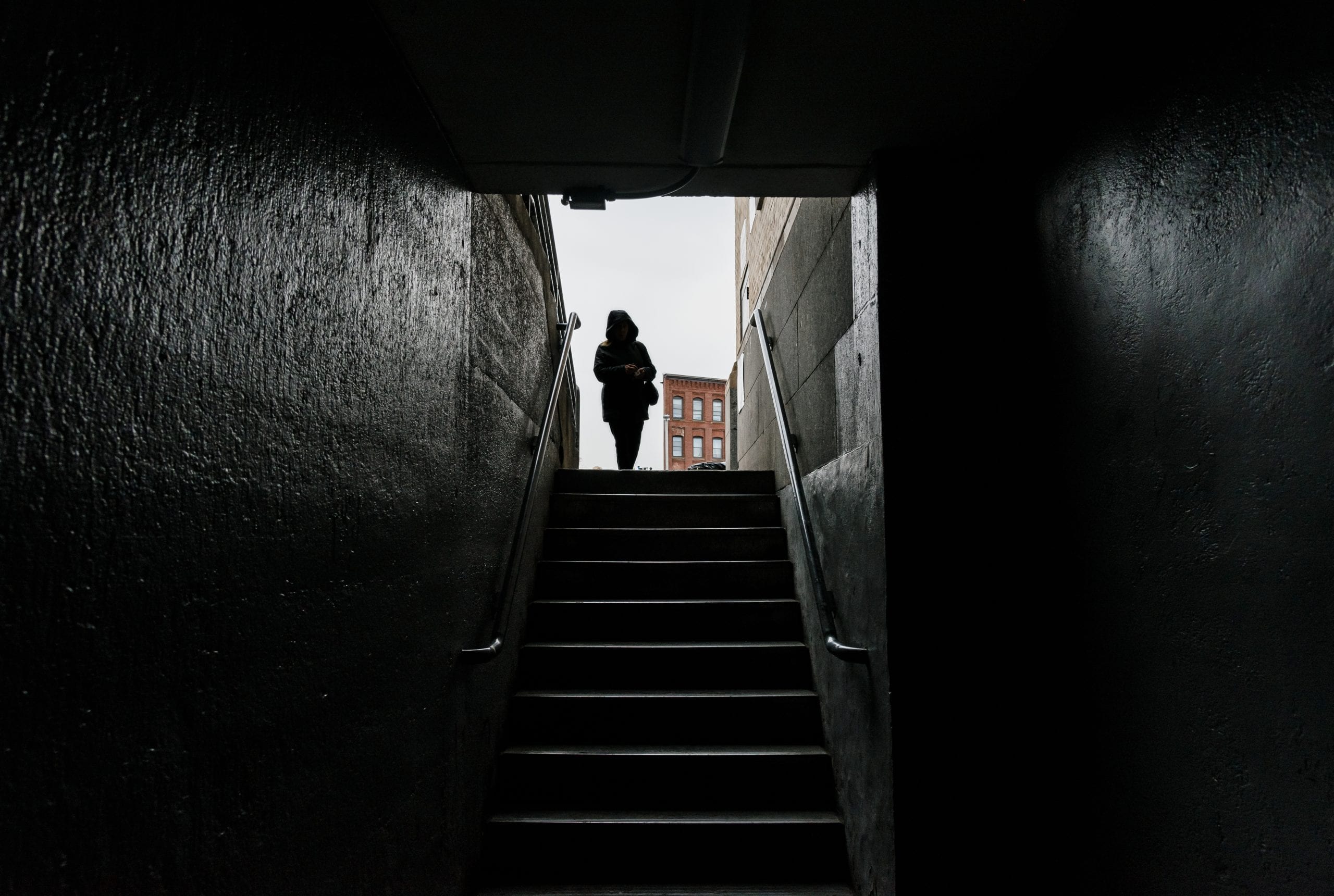LYNN — The city’s homeless population does not get much relief at the adult emergency shelter on Willow Street despite the efforts of the Lynn Shelter Association (LSA).
The 40-bed shelter has been located in the basement of 100 Willow St. for more than 30 years, an old, dingy space that regularly floods. This not only displaces a vulnerable population and leaves their belongings destroyed, but leads to mold build-up which can adversely affect their health.
In addition, the shelter is often at overflow capacity, with more than 60 people usually sleeping there each night. On a very cold evening, up to 70 people are housed. Those who don’t have a bed make due with mats.
For the LSA, which manages the shelter and leases the building from the city, its current space doesn’t reflect its values of treating the homeless with dignity and respect.
The social services organization wants to change that, with plans to move its emergency shelter across the street to the Osmund in 2022, a former hotel that LSA owns and manages, and which provides semi-independent living and case management.
The estimated $3 million project, which the LSA is calling an “absolute, drastic need,” will consist of renovating the first floor of the Liberty Street building into a multi-use shelter space, which will include day programming space and a nursing station.
“By moving the space, we are not increasing our beds or capacity,” said Mark Evans, LSA executive director. “We will stay at the same capacity.”
One of the goals of the renovation is to provide a more suitable living space for the shelter’s two fastest growing homeless populations — the elderly, who are often on fixed incomes and getting priced out of or evicted from their apartments; and youth aged 18-24. There will be separate dorms built for the two groups, because it’s not “developmentally appropriate” for a teenager to be spending large amounts of time with a senior, according to Evans.
“It needs some brightening up,” said Joyce (last name unknown), an elderly client of the emergency shelter, who was featured in a video LSA is distributing for the project. “It needs a sense of being human and people need to have a sense of home. Some of these people have never had that.”
The back parking lot will be converted into a fenced-in courtyard, where residents can congregate. The LSA hopes that will ease congestion caused by their clients in the downtown, which has been an annoyance to businesses in the area, Evans said.
“Our No. 1 goal is to give our clients a safe, respectable place to be, but we also want to be good neighbors to businesses downtown,” Evans said. “We’re looking to be a state-of-the-art shelter, (but) we’re not trying to enable the homeless. We’re trying to get them to whatever level of self-sufficiency they can get to.”
Aside from the need to provide a more adequate space for its clients with the move, Evans said the need for homeless services in general is pressing in communities such as Lynn, which he said are disproportionately affected by homelessness. He cited federal statistics that showed there were 225 homeless people in the city in 2017, but he said the number is actually much higher.
But homelessness is not only prevalent in Lynn. Numbers show it’s growing statewide. Although Massachusetts has one of the lowest state rates of unsheltered people experiencing homelessness in the country, it saw the largest increase in homelessness last year compared to the rest of the nation, according to the 2018 Homeless Assessment Report compiled by the U.S. Department of Housing and Urban Development (HUD)
The amount of homeless in Massachusetts grew by 14.2 percent, or by 2,503 people, over 2017. There are more than 20,000 people without a home in the state, according to the report.
The overarching goal of Lynn’s emergency shelter, which services 230 people a year, is to keep people safe at night, said Evans, but the organization also works to try to get people more permanent housing and provides services, which are both aimed at trying to help a person become more self-sufficient. Services include trauma-informed yoga, art therapy, financial management and English proficiency courses.
The average length of stay at the shelter is nine months, but it can range from a night to as long as 16 months. In the past two years, Evans said LSA has increased the number of people it has placed from the shelter into permanent housing, such as rooming houses, but did not provide statistics.
In some cases, people are not emotionally ready to sleep over at the shelter, and instead choose to sleep outside, Evans said. Those people are urged to come inside to take a shower and watch television, as a first step, he said.
To pay for the project, LSA plans to work with a consultant company to apply for state historic rehabilitation tax credits, which Evans estimates could translate to $700,000 to $800,000 worth of funding and anticipates that 20 percent of its money raised would come from private philanthropy.
Evans said LSA is working with HUD and kicked off its fundraising campaign last month. It has about $550,000 dedicated to the capital project, which includes a 10-year, $350,000 commitment from the Cummings Foundation and $100,000 from the Clipper Ship Foundation.

